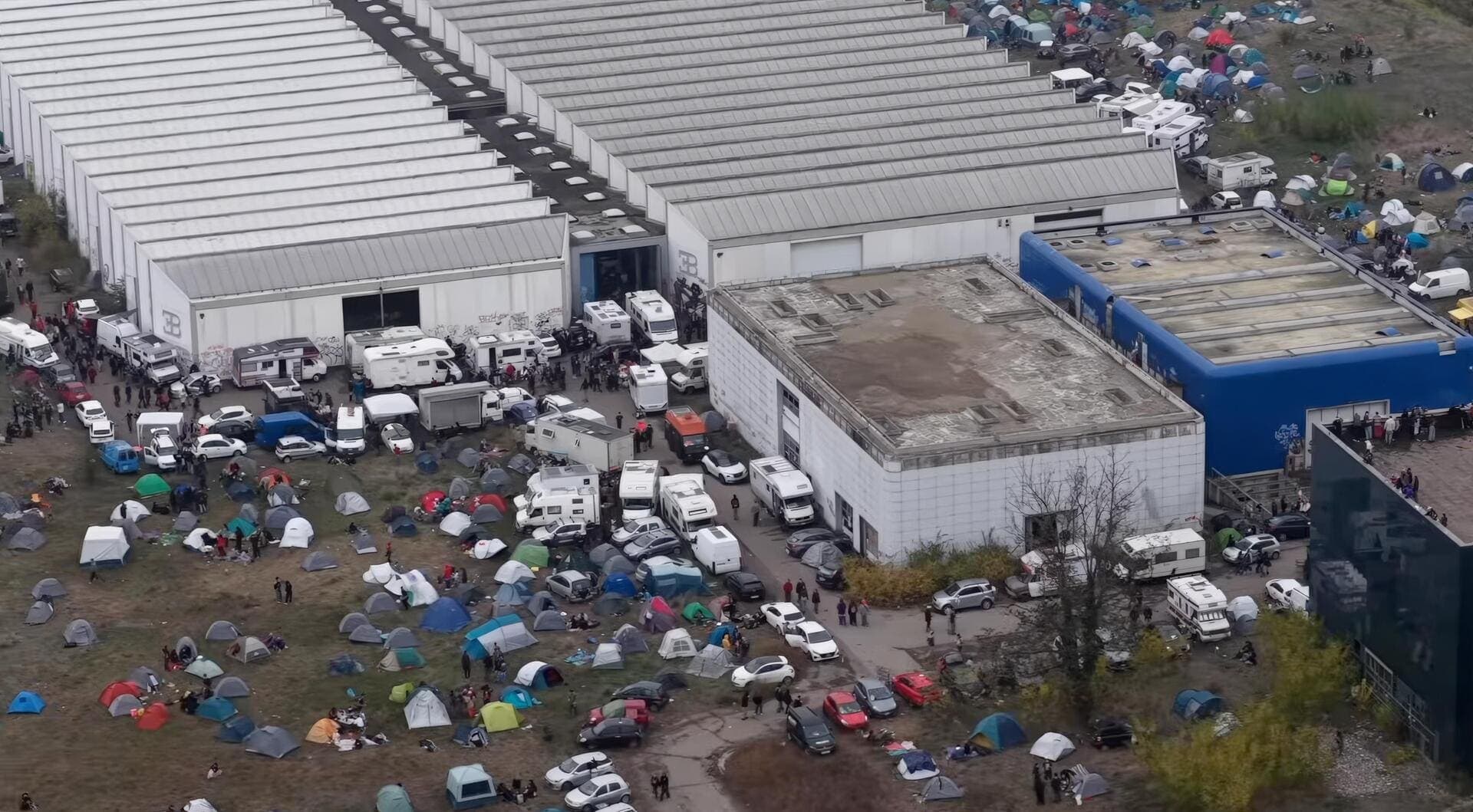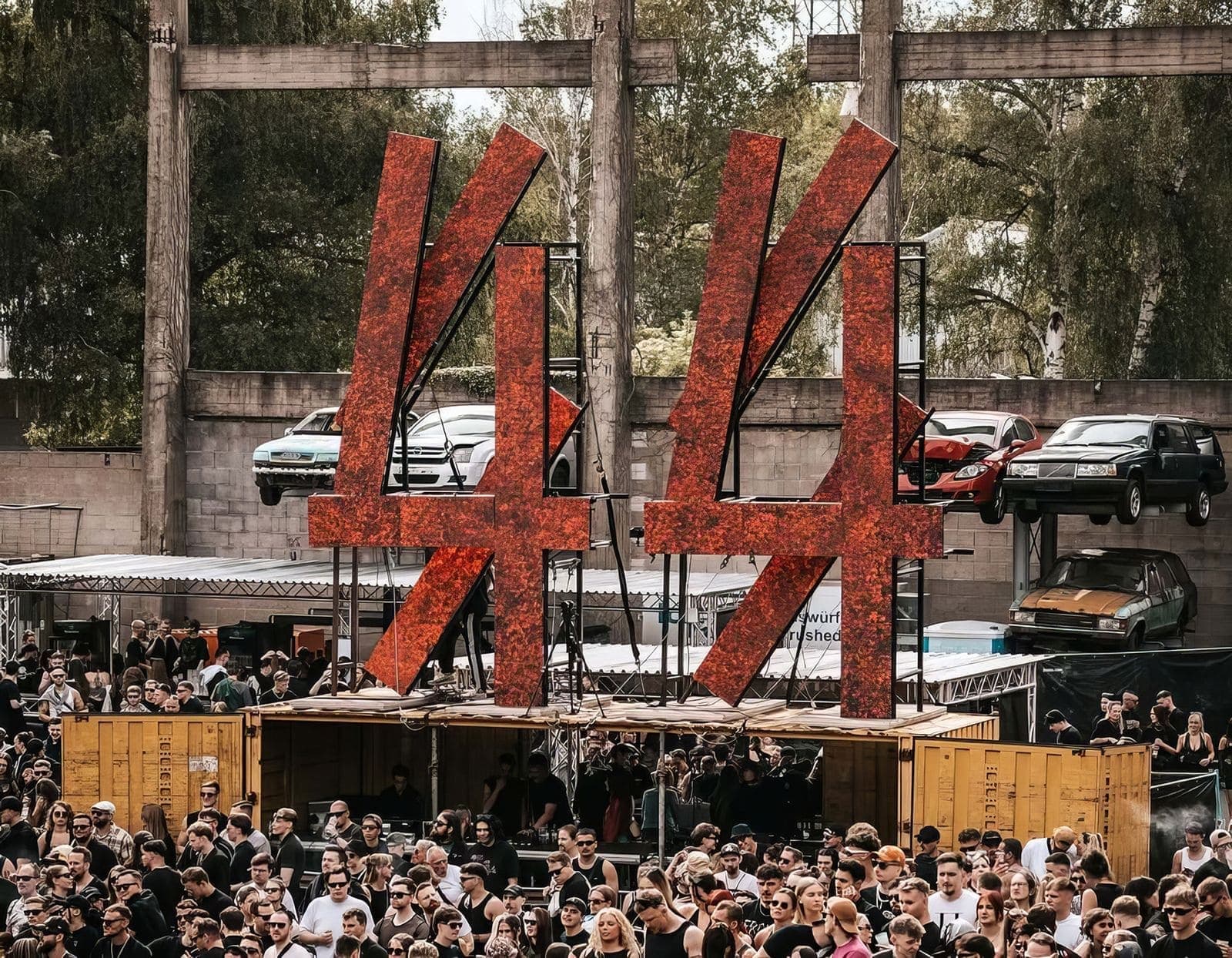Illegal Halloween Rave Takes Over Abandoned Bugatti Factory in Italy
Around five thousand ravers turned the long-abandoned Bugatti Automobili factory in Campogalliano, province of Modena, into a huge unauthorized Halloween rave. The gathering caused traffic chaos, a large police presence and a new wave of debate about Italy’s strict anti rave laws.
Cars, campers and vans arrived throughout the night from across Italy and other European countries. By the early hours, the deserted Blue Factory, once a symbol of Italian automotive pride, had become a full scale underground rave. The event was recognized as Witchtek, a Halloween tradition that returned three years after its last appearance.
Techno music blasted from powerful sound systems while law enforcement monitored every entrance around the site. Emergency teams set up medical points and traffic near Via XXV Luglio was diverted as the crowd kept dancing well into the next day. Drone footage showed vehicles, tents and thousands of people filling the industrial complex, with some even climbing onto the rooftop of the mirrored office building.

Inside, the atmosphere was described as peaceful by many participants. A young raver from Florence told local media that it felt like a different world where everyone simply wanted to dance and enjoy the moment.
Police identified hundreds of attendees and checked dozens of vehicles. One person was arrested for drug possession. There were no reports of serious injuries or violent incidents, and authorities chose not to storm the area in order to avoid confrontation.
This Halloween rave revived memories of a similar illegal gathering near Modena in 2021. That event led to the creation of the anti rave decree, approved in November 2022. The law introduced criminal penalties for organizing unauthorized gatherings of more than fifty people in public or private spaces, which can result in prison sentences and confiscation of equipment.
As news spread, political voices clashed over whether the response had been too soft or appropriately cautious. Some argued that the law must be enforced more aggressively, while others praised the decision to avoid escalation.
For the rave community, events like this are seen as a celebration of music, freedom and the right to reclaim empty and forgotten places. For residents and critics, they create safety concerns and serious disruption.
A formerly active industrial site once filled with workers briefly came alive again, this time with thousands of dancers and flashing lights instead of machines. By the afternoon, the crowd slowly began to leave, but the debate continues.
Is this a cultural movement that deserves space and recognition, or an act that crosses the line into illegality and risk?
The Halloween rave at the old Bugatti factory suggests that Italy’s underground techno scene remains determined to keep its identity alive. And once again, the country is left asking where to draw the line between expression and enforcement.




